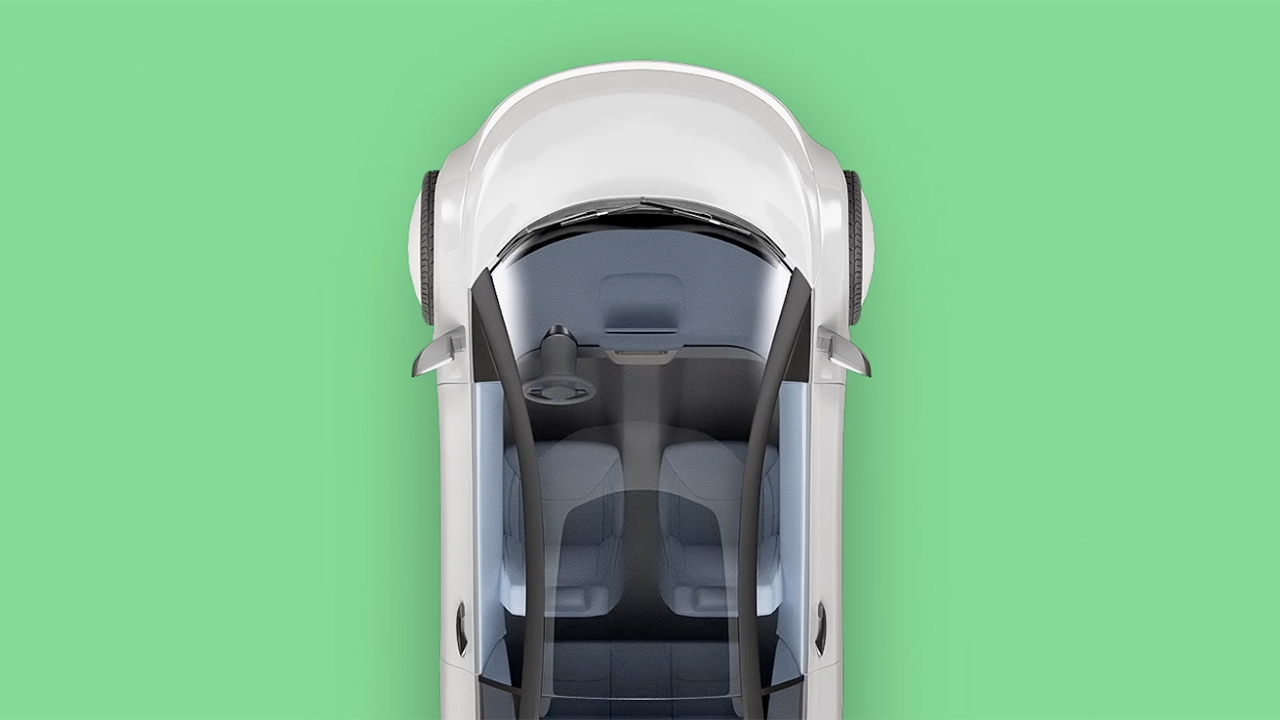
Some interesting code has been found in Android Auto suggesting it could control more of your car.
Reference to temperature controls suggests Google could integrate these options on some vehicles.
If you’re an Android phone owner then there’s a good chance that you’re driving using Android Auto. Whether plugged into your car – or wirelessly on more recent models – many are choosing Android Auto’s connected experience over the car manufacturer’s default offering. Now we've seen another hint that Android Auto could be looking to take over more of your car’s systems.
Thanks to some digging into the latest version of Android Auto, 9to5Google has uncovered some interesting details that point at the potential to control a car’s climate system. Uncovered in the app's code was a reference to “control temperature”, with “hi”, “lo” and “off” settings, but that’s about all.
We’ve known for some time that Android Auto is interested in playing a greater role in the control of your car. Hints at media controls have been spotted in Android Auto before, but the move to control a car’s climate control system takes things in an interesting new direction.
If Android Auto is going to take over a car’s climate controls, then it suggests that it could be moving down a path where the software controls everything on the screen, not just providing a window-within-a-window which is the situation at the moment.
It’s interesting because most cars keep temperature control separate from other systems. Many have hardware controls on a separate panel, so you can change the temperature without touching the screen.
There are some models that have the temperature controls on the display, but in an area that’s separate to other changeable elements. That means that if you’re using Android Auto or Apple CarPlay, you can still access the temperature controls without having to exit the system to change screens – often it’s just there in a corner.
If Android Auto was to offer these controls, then it could be that in some models, Android was then running everything on the screen, not just within the confines of Android Auto’s window.
In most cases, analogue dials or sliders have been replaced with digital equivalents, giving car manufacturers more control options. It means that you can have touch controls on the screen, you can control the temperature by voice, you can have pre-heating options activated by an app, or you can have modes that integrate temperature into the theme.
Exactly how Google might move to offer these controls and which cars that might be an option for, is not currently clear. But if Android Auto can offer one user interface, rather than flipping between two different sets of design, then that could be a great option for drivers.







